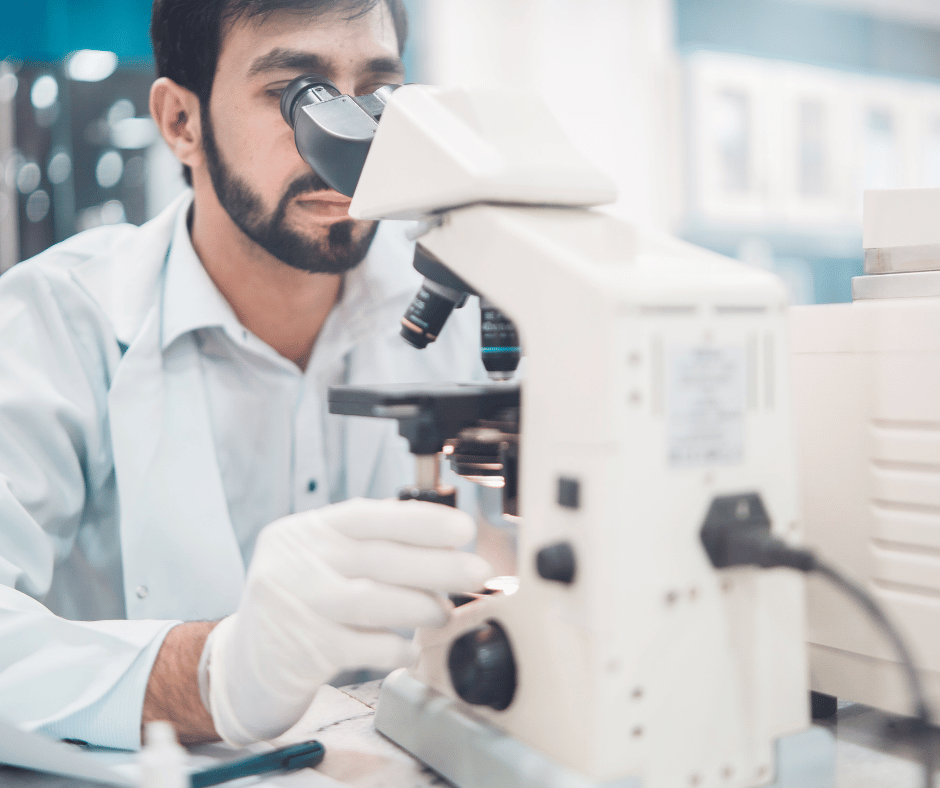As we have explored in a previous article about medical device standards, this medical device industry is extensive, and the regulations are just as vast. This time, we are diving a bit deeper into a crucial topic: Biocompatibility Studies. Here we will talk about ISO 10993, the standard for evaluating biocompatibility for medical devices and introduce you into the specific requirements for Mexico.
What is Biocompatibility?
In simple terms, biocompatibility is the ability of a medical device or its materials to interact with the human body without causing harm. This is an essential requirement, for medical devices that can range from simple syringes to implanted pacemakers. ISO 10993 provides a solid framework for evaluating this interaction, considering the device’s intended use, the duration of contact with the body, and the types of tissues involved.
ISO 10993
ISO 10993 is not just a single standard; it is a comprehensive set of 23 parts. Each part focuses on specific tests and evaluations, from cytotoxicity (checking if materials are toxic to cells) to irritation and sensitization (assessing skin reactions). The standard also emphasizes risk management, ensuring that potential risks are identified and mitigated throughout the device’s lifecycle.
The Biocompatibility Evaluation Process
A detailed description of each step of the biocompatibility evaluation process would require an extensive text, nonetheless, we summarize this topic as follows:
- Risk Assessment: The first step is to identify the potential biological risks associated with the specific device. This is where ISO 10993 Part 1 (10993-1) comes in, guiding us through the process.
- Endpoints: Depending on the device’s characteristics (implantable or external use, short-term vs. long-term contact), different biological endpoints are evaluated. For instance, an implanted device might require more rigorous testing than a bandage.
- Testing: This is where the various parts of ISO 10993 come into play. A device might undergo testing for genotoxicity, cytotoxicity, irritation, and more, including OE sterilization residuals for devices sterilized by this means.
- Evaluation: The results of these tests are evaluated in the context of the risk assessment, ensuring the device meets safety standards. The results of these tests are briefed in the Biological Evaluation Test Report for each device, group or family.
Due the complexity of ISO 10993 requirements, some well know laboratories (such as Nelson or NAMSA) have developed the so-called Biocompatibility Matrix, a tool that allows medical devices manufacturers to quickly define what testing is required. Those documents are for informational purposes only and should not be taken to as a scientific advice on what testing must be conducted or not.
Biocompatibility Requirements in Mexico
In Mexico, medical devices must comply with either international standards like ISO 10993 or local regulations. COFEPRIS has specific guidelines for biocompatibility testing, particularly for devices that get in contact with patients, body fluids, or solutions. To get a Sanitary Registration for this type of devices, the manufacturer must submit Complete Biocompatibility Reports, without exception.
The local guidelines can be found in the APPENDIX III. Normative. Guidelines for obtaining the sanitary registration of a medical device from the Supplement for Medical Devices, FEUM. MGA-DM 10993-1. Biocompatibility tests. Evaluation and testing within a risk management process, supplement to Medical Devices 5.0
Alternatives to demonstrate biocompatibility accepted by COFEPRIS
When the manufacturer lacks Biocompatibility Evaluation Test Reports, there are options to demonstrate the biological safety of the medical devices, especially those that are well known to medical practitioners and uses widespread materials, such as medical grade stainless steel.
- Biocompatibility testing can be done on either the final product or the raw materials used to create it. This flexibility allows manufacturers to choose the most efficient testing method based on their product’s specific nature.
- If a material is widely recognized and has been tested previously for similar medical devices with the same intended use, those test summaries may be used. This can save time and resources, but it requires technical justification correlating the material to an equivalent product with similar composition and purpose. This decision must also align with the risk management process outlined in ISO 10993-1.
- For widely recognized materials that adhere to international quality and safety standards (ISO, ASTM, ADA, DIN, ANSI), the bibliographic references for the material can be submitted along with a certificate of analysis that verifies the quality of the raw material. This provides further evidence of the material’s suitability for medical use.
Conclusion
Ensuring medical device biocompatibility in Mexico requires understanding both ISO 10993 and COFEPRIS regulations. The biological evaluation of medical devices process is multi-faceted, involving risk assessment and targeted testing. COFEPRIS offers flexibility by accepting alternative methods for demonstrating biocompatibility, but these must be carefully chosen and align with risk management principles. If you need support to demonstrate biocompatibility of your medical devices in the registration process for Mexico, please contact us at contact@veraqueconsulting.com.

